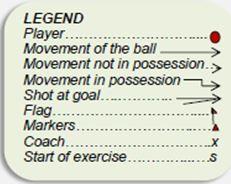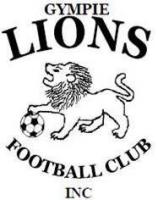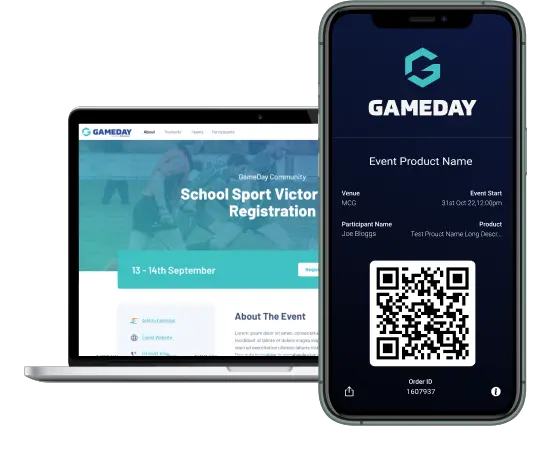Goalkeeping - Catching a high ball
Coaching with Richard Alagich
Great teams will always have a goalkeeper who dominates crosses in his or her penalty area.
To successfully take possession from any crossed ball the goalkeeper must have good technique, an understanding with his defending players and a great deal of courage.
Technique is most important as it creates a foundation for tactical development.
For crosses the goalkeeper should always position himself in the middle or back third of the goals when facing the ball.
The theory here is that it is much easier to run forward to catch the ball than to run back for it and be out of balance.
Before the goalkeeper makes a move to catch the cross he or she must get their body in line between the ball and the goal, assess the pace of the ball and anticipate the amount of swerve or dip expected from the kick.
The goalkeeper must be in a position to view players through 180 degrees.
Once the above has been assessed the goalkeeper then must make a decision to go and attack the ball.
The goalkeeper must move late, quickly and take the ball at the highest point and should never move before the cross is taken.
If there is any doubt about getting first to the ball the goalkeeper must stay on the line.
When the goalkeeper decides to go loud and clear instructions must be given so that team mates stay out of way.
To give no instruction and run out and and collide with players is a bad mistake as the goal is not defended and the ball is loose.
The crossed ball should be caught at the greatest possible height.
This will be achieved by a one footed take off.
With a two footed take off less height is achieved and balance becomes much more difficult.
Before the one footed jump the last step should be extended to lower the centre of gravity with the upper body leaning slightly backwards.
This allows the forward force to be directed vertically.
The arms are outstretched and the catch should be made in front and above the head.
When contact is made the hands should be to the side and behind the ball with the fingers spread and slightly flexed.
Once the ball has been caught it should be secured as quickly as possible into the body.
The eyes, until contact is made, are fixed on the ball.
Common faults-corrections
1. The position is not in the middle or back third of the goals when facing the ball.
2. The last step before the jump is not extended.
3. The goalkeeper decides to go for the ball and does not shout "keeper".
4. The crossed ball is not caught at its greatest possible height.
5. The catch is not made in front but behind the head.
6. The eyes, until contact is made, are not fixed on the ball.
Attached is an example of a goalkeeper session for Level 3 (11 to 12 years) - catching a high ball. LEVEL 2 - 09 TO 10 YRS SESSION 02
Attached also are examples of a Level 2 (9 to 10 years), 70 minute structured coaching session and a Level 3 (11 to 12 years), 80 minute structured coaching session that I would conduct for outfield players in my program. Click on the links below
LEVEL 3 - 11 TO 12 YRS GOALKEEPING
LEVEL 3 - 11 TO 12 YRS SISSION 04

Next newsletter, the wall pass.
Please feel free to forward this coaching information on to your coaching staff.











Comments
Comment Guidelines: The SportsTG Network is made up of players, families and passionate sports followers like you who have a strong opinion about sport. That's great - we want you to have your say and share your thoughts with the world. However, we have a few rules that you must follow to keep it fun for all. Please don't be rude, abusive, swear or vilify others. Apart from some pretty serious sport sanctions, we also can ban you and report you if things get out of hand. So play fair and have fun, and thanks for your contribution.